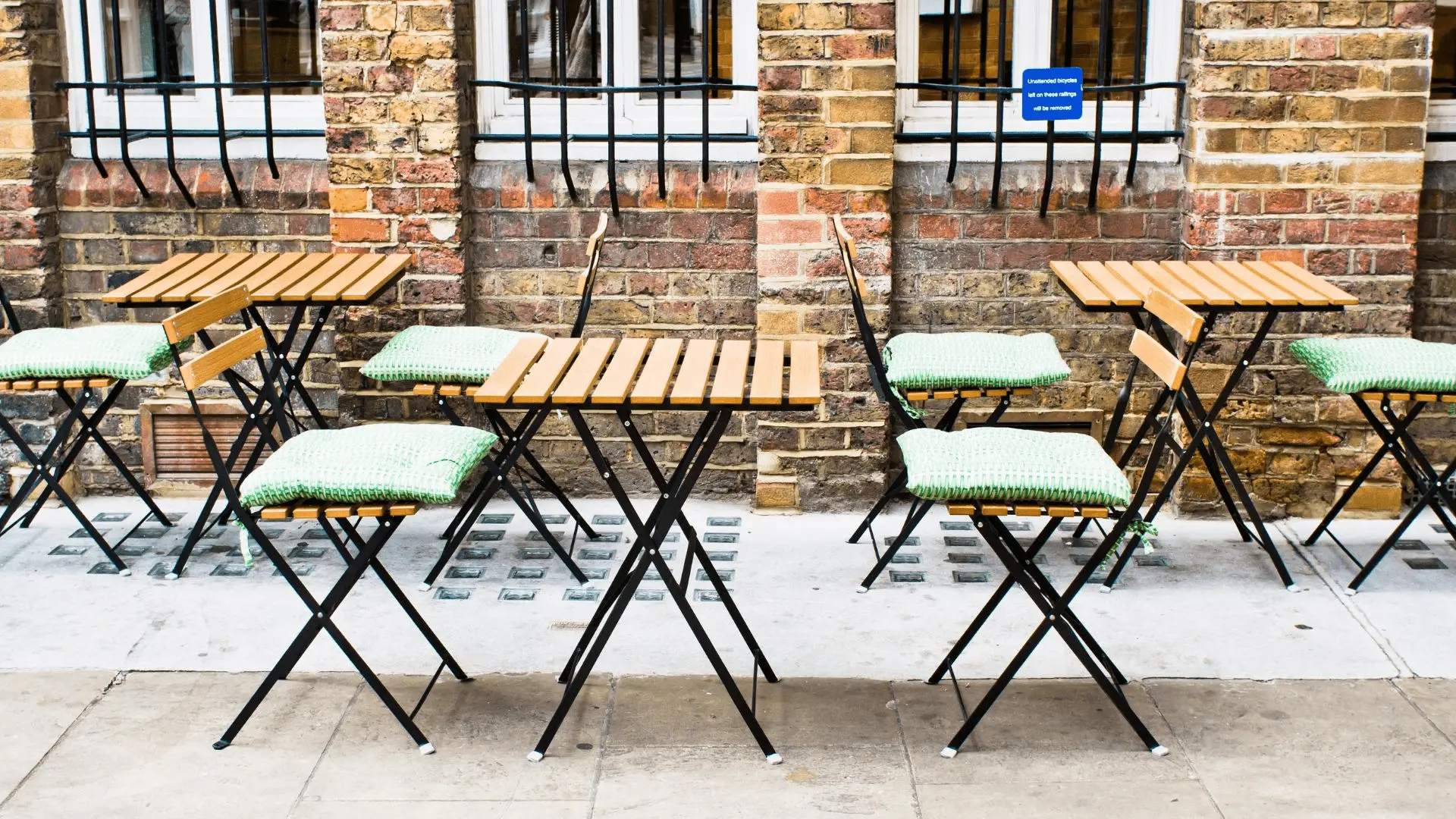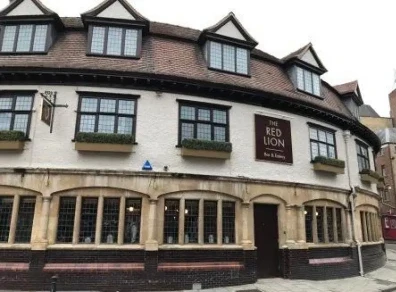Increasing Revenue Through Permitted Development

If you run or own a hospitality premises with good-sized outdoor spaces, it’s worth considering how you can utilise this space to maximise profits.
New opportunities
Led by changes to the planning system introduced during the pandemic but since made permanent, there’s a great range of opportunities to utilise outdoor space, whatever the weather and with little cost or inconvenience.
Under Class G of The Town and Country Planning (General Permitted Development) (England) (Amendment) (No. 3) Order 2021, operators of pubs, bars, hotels and restaurants can significantly increase footfall, and thereby profits, by erecting a temporary shelter such as a goalpost awning, marquee or gazebo on their premises. This can provide patrons protection from both the sun and the rain as well as establishing a more versatile external space. As a result, popular sports matches, large wedding parties and a variety of other events can attract greater numbers of patrons for hospitality venues.
Understanding Permitted Development Rights (PDR) and its benefits
The legislation surrounding Permitted Development Rights (PDR) is much misunderstood.
PDR is best known for change of use within the built environment – which, in the case of conversions from offices to residential has sparked some controversial headlines. PDR can also enable homeowners to add a (size-limited) extension without the need for a full planning application subject to satisfying certain criteria.
Unfortunately the latter does not extend to pubs and restaurants.
However it is important to recognise that whilst the opportunities relating to the hospitality industry are more limited, they can still be extremely beneficial from an operational perspective, particularly in terms of making more efficient use of external space.
If, for example, your pub had capacity for 100 people and you were able to increase the space to accommodate a further 50, you could theoretically increase your profits by 50%. In turn this could help facilitate greater variety in the food and drink offered, and quality of entertainment on site to attract passing customers thereby generating additional revenue.
Limitations
New structures are allowed under PDR, but must be temporary in nature – by which the legislation requires it to be ‘moveable’. This is commonly achieved by anchoring using a series of weighted planters to the new structure, to provide sufficient support while technically the building is ‘moveable’ (whether by man or machine).
The legislation dictates the structure must be under 3 metres high, with a maximum footprint of 50 square metres or no more than 50% of the size of the existing building, whichever is smaller. Furthermore, it must be a minimum of 2 metres away from any residential boundary and can not be for the purposes of displaying an advertisement.
Unfortunately for historic pubs, there are exemptions in the case of statutory listed buildings and scheduled monuments (and those deemed to be within their respective curtilages) but not locally listed buildings.
What’s permitted and what’s not
Planter-anchored ‘butterfly’ awnings are becoming increasingly popular. These are permissible under PDR because they can be retracted. A dining ‘pod’, however, assuming it requires foundations, is not. A food van is permissible because it can be driven or towed away; but a kiosk with concrete foundations is not.
Also bear in mind that although the allowance for new space, at 50% of the existing space or 50 square metres, is quite generous, this must be accommodated within a single structure – so for this reason operators tend to favour butterfly awnings or similar structures which are capable of accommodating up to 50 people.
Opting for a Certificate of Lawful Development
Although the changes described above can technically be exercised without obtaining formal planning consent, from a commercial standpoint there are significant benefits of submitting an application to secure a Certificate of Lawful Development. The main benefit is that a Certificate of Lawful Development reduces the prospect of any enforcement action being taken by the local planning authority, whilst also providing sufficient comfort that the structure is legally compliant with the relevant legislation - which is particularly important when it comes to any acquisitions or disposals of assets.
In terms of the application process, although delays are commonplace throughout the planning system, the process of applying for a Certificate of Lawful Development has been streamlined recently. This means there are only a limited number of key considerations able to be taken into account and in line with government guidance, the statutory timescale for a decision is now eight weeks.
At Boyer we have prepared, submitted and managed these types of applications for many hospitality clients, using secure consent for Certificates of Lawful Development for their peace of mind. We’ve seen many times over what a great opportunity this presents in increasing revenue at very little expense.
Case study: The Red Lion, Oxford (Mitchells and Butlers)

The Red Lion is located within Oxford’s Central Conservation Area and has a small rear beer garden. Boyer was instructed to facilitate a more usable rear space.
Boyer provided a two-step approach, firstly gaining planning approval for the maximum external covered areas allowed following detailed discussions with the case officer. Secondly, using permitted development rights and the Certificate of Lawful Development to provide an additional 50 square metres of serviceable space, using a butterfly awning which is in accordance with Class G of the of The Town and Country Planning (General Permitted Development) (England) (Amendment) (No. 3) Order 2021.
The change unlocked significantly more covered space, which can be used all year round to the benefit of the pub’s customers and profits.
